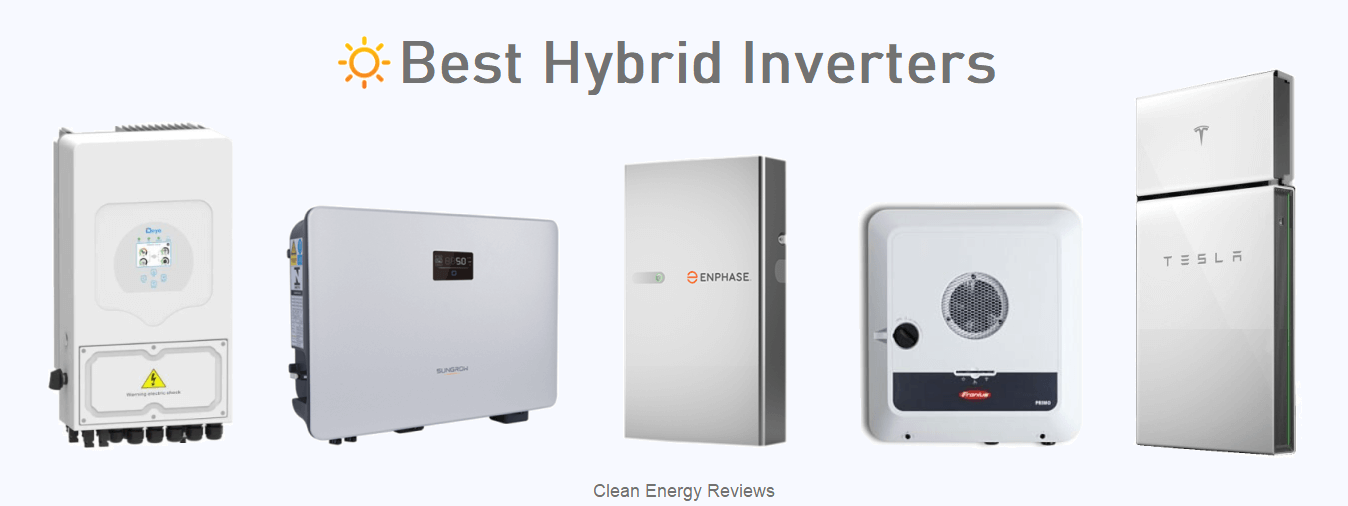Clean Energy Reviews has partnered with the biggest and best solar quote services in Australia.
Solar Installers Brisbane QLD
Some top ranking solar companies on the web in Brisbane:
MC Solar & Electrical | Eagle Farm QLD
QLD Solar and Lighting | Paddington QLD
Sunny Sky Solar | Brisbane QLD
GoRun Solar | Cooper Plains QLD
REA Solar | Capalaba QLD
Apollo Solar | Logan Central QLD
Brisbane Solar & Electrical | Greenslopes QLD
Symons Energy | Eight Mile Plains QLD
Solar Installers Gold Coast QLD
Some top ranking installers from the web near the Gold Coast:
Coastwide Solar | Burleigh Heads QLD
Gold Coast Energy | Mudgeeraba QLD
Gold Coast Solar Power Solutions | Worongary QLD
First Choice Solar | Burleigh Heads QLD
Keen 2B Green | Burleigh Heads QLD
Solar Installers Sunshine Coast
Here are some top-rated installers from the web on the Sunshine Coast:
Hinterland Energy | Eumundi QLD
Sunshine Coast Solar | Pacific Paradise QLD
Phil Wilshire Electrical | Little Mountain QLD
Pedley’s Solar | Sunshine Coast QLD
AHLEC Solar & Electrical | Diddillibah QLD
Home & Energy | Noosaville QLD
SolarWide | Warana QLD
Already got a solar quote or two? Get them reviewed on our community forum: Solar Quote Reviews.
Checkout our Brisbane Solar Quote Reviews forum to see other solar quotes in Brisbane, or to have your own solar quote reviewed.
Solar Generation SE Queensland
A solar panel system in Brisbane, which is installed with good access to the sun, can get up to 4.45 kWh of solar energy per kW installed on average per day throughout the year.
Average daily solar output estimate*
This data assumes an optimal 28° pitch for Brisbane, see next section for details on optimal panel angles.
As you would expect from the capital of our sunshine state, Brisbane receives very even sun throughout the year. Whilst the sunshine does drop a little over the winter and the end of autumn months, the rest of the year is quite consistent.
From September right through to February/March you can expect about 4.5-5 kWh of solar energy per day on average with an optimally installed system.
Per kW installed
Full year average: 4.45 kWh
Summer (Jan): 4.97 kWh
Winter (Jul): 3.78 kWh
For a 5kW system
Full year average: 22.25 kWh
Summer (Jan): 24.85 kWh
Winter (Jul): 18.9 kWh
Estimated Daily Solar Production | Per kW installed
Optimal panel angle
The optimal panel angle in Brisbane for year round solar production is 28° from the horizontal, and facing due North (0° azimuth). This allows for the most total production throughout the year. However, depending on when you use the most electricity, you may want to consider optimising your installation for different times in the year.
Bear in mind that roofs typically have a pitch of between 15 - 30°, and it usually makes sense if you are installing on a house, to simply lie the panels flat on the roof without changing the angle. This is due to cost, fixing and aesthetics. Installs look nicer when they are flat against the roof, they are more secure, and there is extra costs involved in changing the angle, both in parts and labour.
If you are looking for consistent solar production throughout the year, a system optimised for winter in Brisbane will nearly as much in winter as it does in summer.
Here is a guide to the different production you will get throughout the year with different panel angles:
Winter optimised production | 43° pitch*
Per kW installed
Full year average: 4.29 kWh
Summer (Jan): 4.38 kWh
Winter (Jul): 4.02 kWh
Summer optimised production | 13° pitch*
Per kW installed
Full year average: 4.39 kWh
Summer (Jan): 5.33 kWh
Winter (Jul): 3.33 kWh
* This data is purely theoretical, based on solar irradiance and a 12% derating, every installation is different and should expect different outputs.
Example solar generation
Below is a chart of actual energy generation from an example system in Brisbane. This should help illustrate how a real world system performs in both summer and winter. The graph shows the energy output in 15 min intervals.
2.4 kW system facing north, with a 25° panel angle
Winter solar production - July
Sunny day: 10.8 kWh (4.5 kWh per kW installed). Random day: 6.84 kWh (2.85 kWh per kW installed)
Summer solar production - January
Sunny day: 13.8 kWh (5.7 kWh per kW installed). Random day: 11.33 kWh (4.72 kWh per kW installed)
Cost of Solar in SE Queensland
Solar Rebates
Brisbane is in zone 3 for the federal STC rebate scheme. This means that for a 5kW system, in 2019 you are eligible for 96 certificates, which at the current price of around $30, you will receive a very handy $2880 off the upfront cost of your system. See our Solar Price Calculator for up to date calculations of STCs on your specific system size, and for a quote on the total cost of a system.
Take a look at Ch 8. What financial incentives are available? in our Guide to Buying Solar for further details.
Solar Quotes & Prices
If you have a quote for a solar installation in Brisbane, visit our solar forum and you can have your quote reviewed by our team and community.
Examples of some pricing that we have seen for quotes in STC zone 3 in Australia:
Panels: 4.95 kW, 18 x 275W ZNShine | Inverter: SolaX 5kW | Price: AUD$6550 gross ($1.3 per W - based on inverter output). Minus $2880 federal STC rebate = $3670 net
Panels: 6.6 kW, 22 x 300W Canadian Solar KUPower | Inverter: Fronius Primo 5kW | Price: AUD$8990 gross ($1.8 per W - based on inverter output). Minus $3000 federal STC rebate = $5990 net
Panels: 6.51 kW, 22 x 310W Qcells QPEAK | Inverter: Fronius Primo 5kW | Price: AUD$9250 gross ($1.85 per W - based on inverter output). Minus $3000 federal STC rebate = $6250 net
Checkout Ch 5. How much will a solar power system cost? in our Guide to Buying Solar, for more information on cost, and importantly how much you should spend on a solar system.
Recent forum topics on getting solar in Brisbane:











Detailed guide to the many specifications to consider when designing an off-grid solar system or complete hybrid energy storage system. Plus, a guide to the best grid-interactive and off-grid inverters and hybrid solar inverters for residential and commercial energy storage.